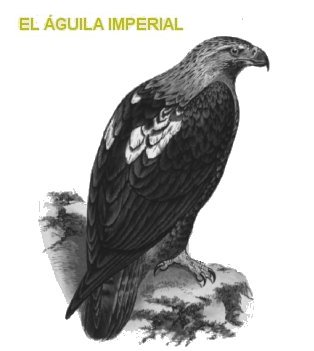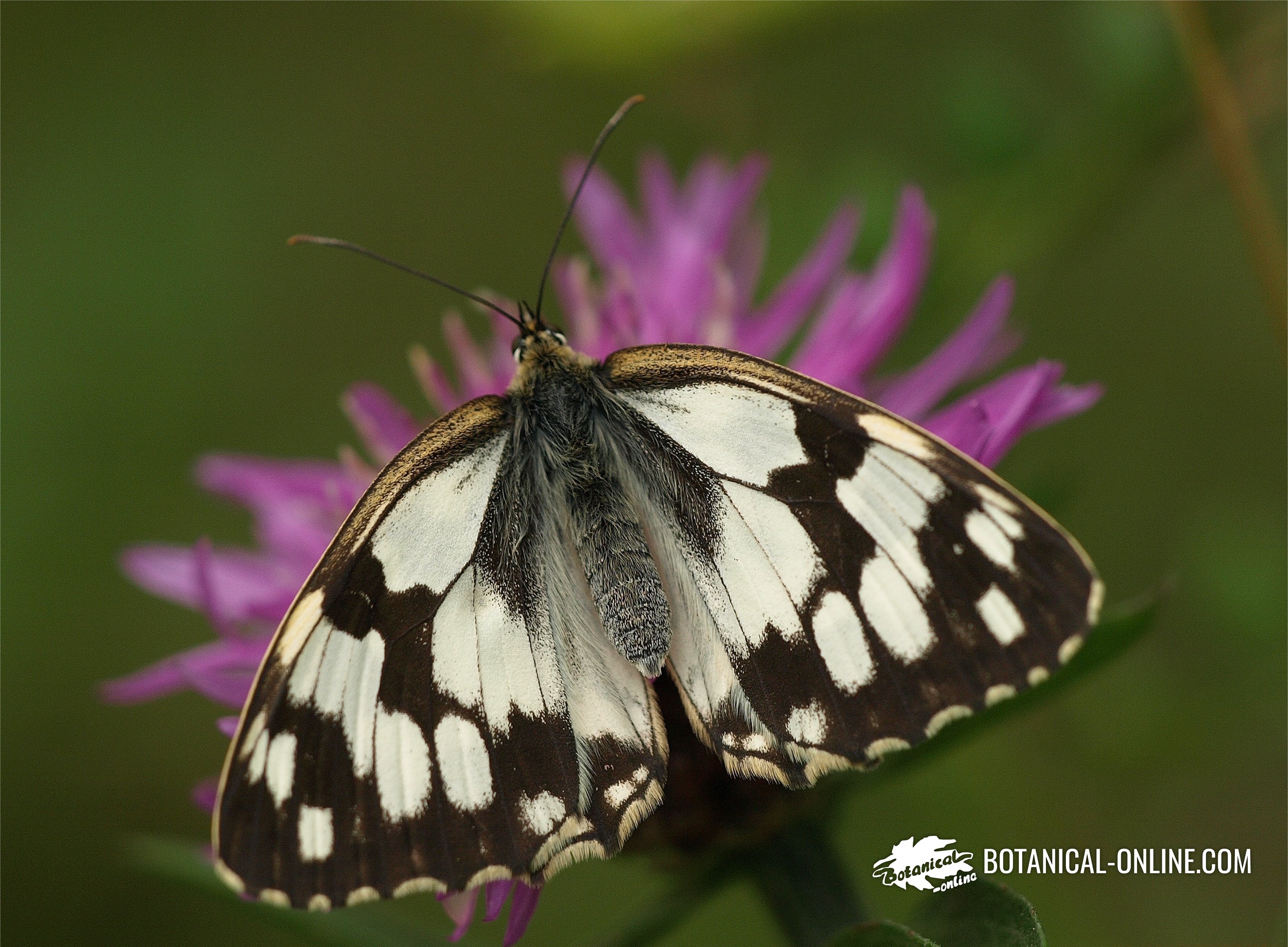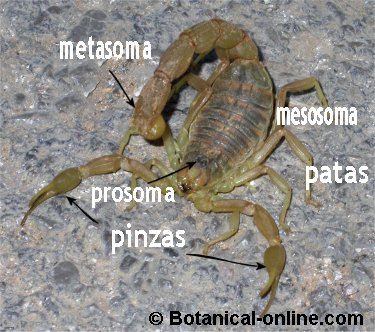Contents
- 1 What are imperial eagles?
What are imperial eagles?
Characteristics of Eastern imperial eagles
Common name: Eastern imperial eagle
Scientific name: Aquila heliaca
– Common names in other languages
- Español / Spanish: Águila imperial oriental
- Français / French: Aigle impérial
- Català / Catalan: Àguila imperial oriental
- Galego / Galician: Aguia imperial oriental
- Euskara / Basque: Eguzkiarrano
- Italiano / Italian: Aquila imperiale
- Português / Portuguese: Águia-imperial-oriental
- Deutsch / German: Östliche Kaiseradler
- Russian / Русский: Могильник
- Dutch / Nederlands: Keizerarend
- Română / Romanian: Acvilă de câmp
- Svenska / Swedish: Kejsarörn
– Taxonomy:
Class: Aves
Order: Accipitriformes
Family: Accipitridae
Features:
- Length: 72 – 85 cm.
- Wingspan: 2 m.
- Weight: 3’5 kg.
- Habitat: Steppes with isolated trees and forests (old forests, forest formations of mountainous areas, riverbank forests …).
- Geographic range: Southern Europe, Northern India, Central Siberia, Arabian Peninsula, Northeast Africa, Southeast China.
- Food habits: Carnivorous (marmots and other large rodents, hares, rabbits, etc.).
- Behavior: Migratory or sedentary species, diurnal and solitary.
- Reproduction: Oviparous. Incubation: 43 days. Egg-laying: 2 – 4 eggs.
- Enemies: Human beings, Tawny eagles and other large birds of prey.
- Lifespan: 45 years.
Physical description of eastern imperial eagles
 Oriental imperial eagles are large birds, with strong constitution and long wings. They have nearly uniformly reddish brown plumage very dark above, with outstanding white shoulders.
Oriental imperial eagles are large birds, with strong constitution and long wings. They have nearly uniformly reddish brown plumage very dark above, with outstanding white shoulders.
The neck and back of the animal’s head are dirty white or yellowish. Their forehead appears dark brown almost black.
The young eagles exhibit pale reddish plumage and whitish throat feathers.
Eastern imperial eagle behavior
Eastern imperial eagles are migratory birds that reach the north of tropical Africa in autumn.
While females carry out incubation nearly all the time, males take care of bringing preys to their nest. Easter imperial eagle females are who feed chicks normally, although, in some cases, males do it.
Eastern imperial eagles employ two predatory systems: stalking and flying. In the morning, they usually act on the lookout, watching from the top of a tree, while in the afternoon these animals perform surprise attacks or chase them tracking them. At dusk, these eagles hunt again, watching the edges of the grasslands where rabbits usually go.
Where does the eastern imperial eagle live?
Eastern imperial eagles live in mountainous areas, but they need large trees to nest. On many occasions, they live in open country with scattered trees.
We can find them in Eastern Europe and Asia, from Greece through the south of Russia and until the south of Central Asia and Siberia, until even Mongolia. In winter, they migrate to the northeast of Africa, from Egypt to Kenya.
Iberian imperial eagles, another distinct species, is found only in Spain and Portugal, as it is an Iberian endemism. Iberian imperial eagles occupy the provinces of Madrid, Toledo, Cáceres, Badajoz and Seville. Their population density is very low.
Eastern imperial eagle food habits
Eastern imperial eagle diet is very varied. This includes medium-sized mammals, such as rabbits and hares, large birds such as mallards, partridges, wood pigeons, magpies, jays, shrikes and reptiles, such as ocellated lizards.
Eastern imperial eagle enemies
Eggs infertile, destruction of a third egg by the two siblings born before, fall of the chicks out of the nest or death caused by their brothers are causes that contribute to the species suffering great losses, to which we must add external agents, such as poaching, use of poisons, electrocutions with power lines, theft of eggs and chickens, destruction of nests, etc.
Eastern imperial eagles are threatened birds of prey.
Eastern imperial eagles conservation
So as the third chick can survive, it can be placed in a nest where the eggs have been infertile or in those nests where the surviving chicks have the same size as the chick that is intended to be introduced. Eagle mothers accept new babies normally.
![]() More information on other wild animals.
More information on other wild animals.







